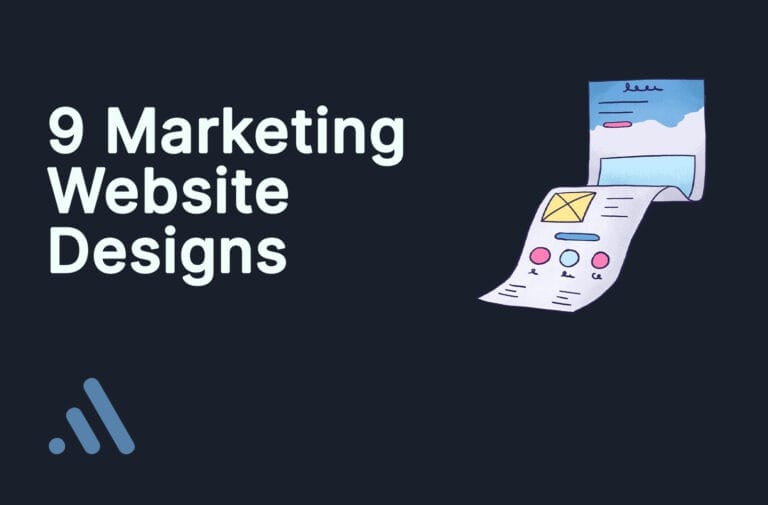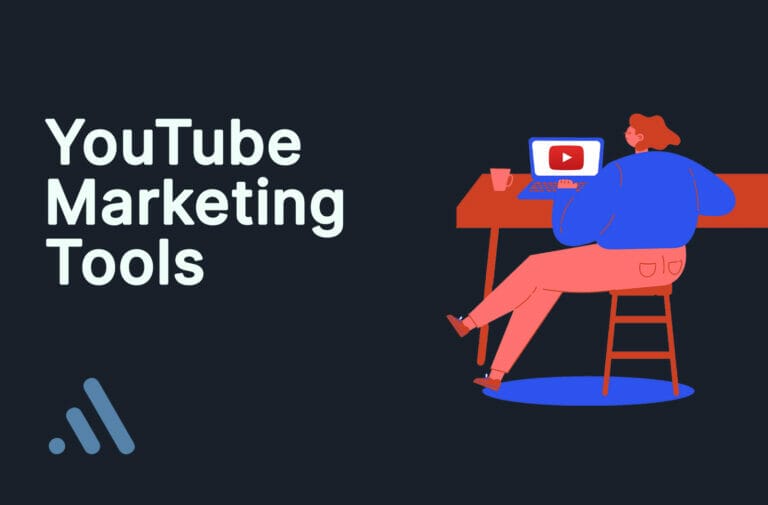Making good video content is important for connecting with your audience in 2024. But, making videos can take a lot of time if you don’t have the right tools. This is where video automation software helps.
Video automation tools like RenderForest and Biteable let you make YouTube videos, social media clips, explainer videos, and more fast. You don’t need a lot of manual editing by a video editor. Using special tools and templates, you can automate boring video tasks.
This helps you grow your video marketing efforts. It also gives you time to focus on important tasks.
In this article, we will look at what video automation software is. We will see why it is important for making workflows easier. You can also use it to help make your brand more visible.
Let’s dive in!
What is Video Automation Software?
Video automation software is a type of tool that helps make the video creation process easier. This can involve video editing programs, like Adobe Premiere Pro, which offer ready-made templates. There are also more advanced options, such as Animoto or Promo, which use AI technology.
With template-based tools, you can easily edit a video. You can change a pre-made template to fit your brand. Other simple automation features are adding automatic subtitles, inserting logos, and including music.
More advanced options use smart technology to automate tasks. This includes taking video, editing clips, adding effects, and adjusting for different platforms. They can even create text for your video. For example, tools like Videomaker.com and Biteable help turn your raw footage into finished video content.
The main goal of video automation software is to make video creation and editing easier. This helps you make videos more quickly and gives you more time for other marketing activities.
The videos you make might not be very customizable. This could be changing an object just 1 pixel to the left or right. So, it does not really matter.
Why Video Automation Software Is Important

Video automation tools are now very important for marketers in 2024. Here are some key reasons.
- Save time– Automated software cuts down the many hours content creators spend editing videos by hand. This matters when you want to keep making content regularly on social media.
- Scale video efforts– With automation, you can create more video content to engage larger audiences on several channels.
- Quickly customize branding– Templates let you easily add your logo, colors, fonts, and more to brand your videos consistently.
- Optimize for different platforms– Automated editing can adjust video length, size, text additions, and more for each platform like YouTube, Instagram, and TikTok.
- Leverage artificial intelligence– AI tools like automatic voiceovers, graphics creation, and editing tips help speed up the work.
- Reduce costs– Automation software is often cheaper than hiring a full video editing team.
- Focus on strategy– Spending less time on manual tasks helps you pay attention to video and campaign strategy.
- Track performance– Many tools give data on views, engagement, conversions, and more.
In today’s busy online world, video marketing matters a lot. Creating good content can take a lot of time if you do not have automation. This is why using the right automation software and marketing tool can really change your workflow and improve your results.
How to Streamline your Video Marketing Workflow with Video Automation Software

If you want to make your content creation easier and enjoy the benefits of video automation, use these tips:
Step 1: Choose the Right Tool for Your Automation Needs
There are many automation tools available, like Adobe, Magisto, and even AI-based programs such as VidIQ. It’s key to select the tool that fits your brand’s needs and your own comfort level. Look for software that has a free trial or free plan. This way, you can try it out before you decide to use it.
- Adobe Premiere Pro – The top choice for pros, with some automatic features.
- Animoto – Good for social media videos using smart technology.
- Biteable – Easy video animations with many templates.
- Videomaker.com – Makes filming and editing automatic for a great result.
- RenderForest – Simple video maker with templates, graphics, and effects.
- Promo – Make promotional and explainer videos using automation.
- Toonly – Animation software perfect for e-learning content.
Step 2: Import Media Files into Your Video Creation Platform
Get the raw footage, images, audio, graphics, and text you want for your video. Then, add all these media files into your automation software so they are good to use.
Use the great content libraries on the platform and make your own branded items for videos. This will help speed up the automation process as time goes by.
Step 3: Select a Template
Most automation tools have ready-made video templates for different needs. Look through the available templates to find the ones that fit your brand and style of content.
Common templates are promotional videos, Instagram stories, data videos, product demos, explainers, intros, outros, and others.
Find templates in your design tool that you can easily change to fit your brand.
Step 4: Customize the Template
Once you pick a template, make it your own by changing the text and pictures. Upload your logo, brand fonts, colors, backgrounds, and graphics. Adjust the text to fit your message.
Add or take out scenes to fit your story. Change the music, animations, transitions, and more to make a special video. You can even add a key word that you know your audience will see to build trust and help them feel at home.
Automation software helps you easily change templates to create branded videos that connect with your target audience.
Step 5: Automatically Edit Footage
If you want to begin fresh, many automation tools can edit your raw footage using smart software. Just put in your video clips and let the tools edit them into a smooth video.
AI tools for making videos can do tasks like putting shots together, fixing colors, adding transitions, overlays, titles, music, and graphics. This completely automates the editing process.
Step 6: Automatically Optimize for Each Platform
One big benefit of automation tools is that they can adapt videos for various social platforms. The software adjusts the size, aspect ratios, length, text, captions, codecs, and more, depending on where the video will be used.
This makes sure your videos look good and work well when shared on YouTube, TikTok, Instagram, Facebook, LinkedIn, or Twitter. Automatic improvements save a lot of time and effort.
Step 7: Optimize with Keywords
SEO is just as important for videos as it is for other types of content. Tools like Zapier help you connect with keyword tools like VidIQ. This allows you to improve your video content before you upload it.
Step 8: Quickly Generate Multiple Outputs
Automation also helps you get the most from your work by creating several video versions from the same main resources.
Tweak the template, or subject of a video shot to produce slightly different versions for A/B testing. Or create dozens of personalized videos using custom elements like names.
Batch processing allows for fast growth of video content without repeating manual work.
Step 9: Automatically Distribute Videos
To make your work easier, use platforms that automatically upload your videos after you finish them. The software can share your videos to all your social media accounts and YouTube channels.
Some tools let you plan videos ahead of time. This helps you share them at the right moments for campaigns. It makes your whole process – from making to sharing.
Everything is automated.
If you have a YouTube channel, a big benefit is to grow it automatically. You won’t spend hours editing. You wont need to check color and light values. You also won’t need to change videos shot in widescreen to portrait – it’s all taken care of.
Key Points for Your Video Automation Process
When using video automation, remember these tips:
- Focus on templates and AI features that match your brand style and audience. Avoid generic videos.
- Monitor how your videos perform. This will help you learn what content your viewers like and where they lose interest. This will help you can improve your videos.
- Stay updated on new video trends. Look at how your competitors use automation to adapt quickly.
- Use automation to speed up creation, but spend time writing good scripts and planning your story.
- Use built-in features for working together. This way, others can give feedback and approve content.
- Try to connect your automation software with your CMS, social media, marketing tools, and analytics through APIs.
Taking it to the Next Level: How to Automate Other Aspects of Marketing
Once you make video creation easier with automation tools, try to simplify other parts of your marketing.
- Use AI writing tools to make video scripts, blog posts, social posts, and more.
- Automate emails, social posts, lead management, and other tasks with marketing tools.
- Schedule social posts with tools like Hootsuite or Buffer to keep your channels active automatically.
- Create automated funnels and campaigns in your CRM to convert and manage leads.
- Use data and analytics to help you understand and improve your automation plan.
Automation can greatly help your marketing plans grow quickly. It can also allow your team members to focus on important work.
My Experience Automating Videos
I have found that using tools like Biteable and RenderForest to automate my video workflow has made a big difference. Here is a short summary:
| Manual Video Creation | Automated Video Creation | |
|---|---|---|
| Time Investment | 20-30 hours per video | 1-2 hours per video |
| Cost | $500-$1000 per video | $50-$100 per subscription |
| Quality | Highly inconsistent | Consistently branded |
| Scalability | Not scalable | Highly scalable |
| Focus | Tedious edits | Strategy and optimization |
I can now create four times more video content. This has helped me increase engagement on my social media channels.
I create content quickly. My productivity is very high. The costs are lower, and the content is more consistent.
It’s a no brainer!
FAQ
The Wrap Up
Using video automation software can change how you work, boost your results, and save you time. With set templates and smart features taking care of repetitive tasks, you can create videos quicker and adapt them for each platform. This allows you to produce more high-quality video content to capture the attention of viewers and turn them into customers.
I suggest you take a look at automation tools like Animoto, Biteable, Videomaker.com, and RenderForest to make your work easier in 2024. Test a few options to find the ones that fit your needs best. Just keep in mind – staying consistent is important!
Set up templates, tools, integrations, processes, and distribution to keep your video work going well. Monitor things so you can make them better all the time. This will help you have more time to think about video planning instead of doing manual changes.
Automating video creation is important for brands that want to grow with online video in 2024. Now go out and see how you can make your video work easier with automation!







